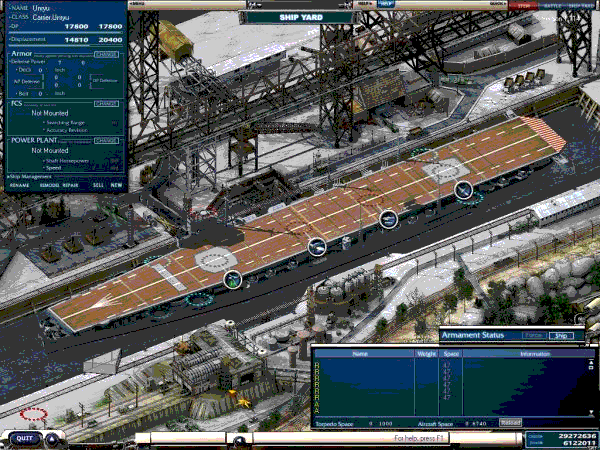
Imperial Japanese Navy - UNRYU Aircraft Carrier ==========================================================================
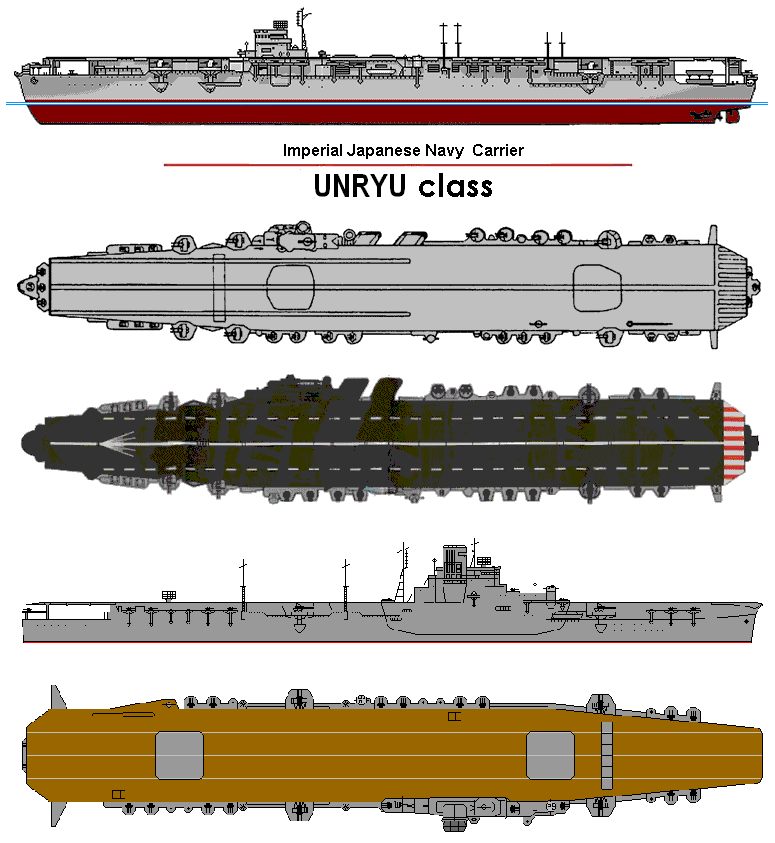
The UnryŻ was a fleet aircraft carrier of the Imperial Japanese Navy which served during World War II. The name UnryŻ means literally "cloud dragon", and bears the allusion "Heavenward Bound Dragon Riding the Clouds".
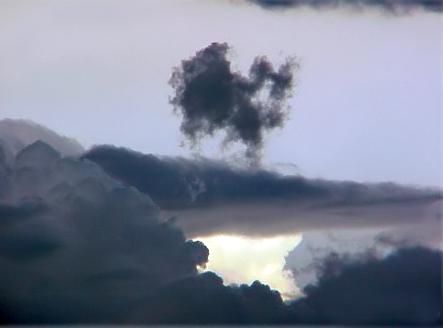
The UnryŻ class aircraft carriers were World War II Japanese aircraft carriers. The UnryŻ class was a lightly built carrier design based on the HiryŻ class. Essentially a repeat of the Hiryu class, with more standard cruiser or destroyer turbine machinery substituted for the sake of convenience. They were intended for strikes against US convoys. None ever deployed operationally. Three of the six ships in the class were incomplete at the end of the war; the survivors and hulks were scrapped postwar.
Approved in the War Construction Program for 1941 and 1942, the Unryu class aircraft carriers were based off of the Hiryu but with some exceptions. For example, Unryu carriers were provided with three aircrafts lifts as opposed to the two of the Hiryu. The islands on the flight deck were also larger, and more significantly, placed on the traditional starboard side of the carrier. The port side island placement experiment died along with the Hiryu and the Akagi at Midway.
In all, seventeen vessels of the Unryu type were ordered, but only six were named. From that six, only three were completed before the war ended. Two, the Unryu and the Amagi were sunk by American forces (the Unryu by the USS Redfish, the Amagi by aircraft bombing), and only other completed ship, the Katsuragi was scrapped in 1947 after use as a repatriation ship. The three other uncompleted ships eventually shared the same fate as the Katsuragi.
The poignant tale of the UNRYU's maiden voyage - her first and last at sea - is certainly not a "mystery" in the annals of the Imperial Japanese Navy. That she was torpedoed and sunk by USS REDFISH on 19 December, 1944 is a matter of record. However, it is definitely an untold story, and worthy of the telling. It is a saga that contains more than its share of surprising revelations and adds a heretofore unsuspected chapter to another famous ship's history. Records regarding the UNRYU sortie are scarce, and even the Maru Special series and Ships of the World have little to say. The answers are found in the untranslated Japanese microfilm records, including UNRYU's own Detailed Action Report and entries from the DesRon 2 War Diaries.
Though her maiden voyage commenced in December 1944, in fact the UNRYU had been in commission some six months. UNRYU ("Heavenward Bound Dragon Riding the Clouds"), name-ship of her class, had been laid down as an improved HIRYU-class carrier series laid down after the devastating carrier losses of the battle of Midway. UNRYU had been commissioned on 6 August 1944, and Captain Kaname Konishi - a veteran from command of the ABUKUMA and two destroyer divisions - became her first and only skipper. Technically, at the time of the Battle of Leyte Gulf the UNRYU was assigned with sister-carrier AMAGI to Vice Admiral Ozawa's Mobile Fleet. Yet shortage of aircraft and trained men prevented her from joining the IJN's last big battle, even in a sacrificial role such as was reserved for the veteran ZUIKAKU. That great flattop, and three light carriers, all went down in the Battle of Cape Engano, following which the tattered remnants of the Mobile Fleet returned to Japan.
There the UNRYU and AMAGI were waiting in the Inland Sea off Gunchan, and following Ozawa's return to Kure the day prior, on 30 October 1944 UNRYU arrived at Kure, and had the honor of briefly receiving Ozawa's flag. But the UNRYU's exalted status as flagship of the Mobile Fleet was a short one - on 7 November Ozawa transferred his flag to the RYUHO and only eight days later, the Mobile Fleet itself was abolished as part of the 15 November reorganization by Combined Fleet.
Following the dissolution of the Mobile Fleet, the UNRYU and AMAGI, soon joined by a third of their class - the KATSURAGI - remained more or less idle. The shortage of fuel, trained pilots and aircraft remained acute as the kamikaze campaign in the Philippines went into high gear. Thus, all three carrier's movements were limited to short trips between Kure, Hashirajima, and Gunchan, never venturing out of the inner Inland Sea, let alone out to sea. It was an ignominious existence to be sure, but as the first completed, Captain Kaname's UNRYU at least finally embarked some A6Ms and B6Ns in late November and a small aviation contingent for patrols.
It seems that some thought was given to using the UNRYU and possibly AMAGI as plane-ferrys and limited convoy screening. If so, these considerations were duly aborted when the escort carrier SHINYO and the great new super-carrier SHINANO both fell victims to submarine ambushes that November. The submarine peril was clearly too dangerous to risk even short coastal trips to train aircrews or screen convoys. The UNRYU and her sisters seemed fated to spend the rest of the war milling uselessly around the Inland Sea. Then came morning 13 December 1944, and word that one of Douglas MacArthur's invasion fleets had been sighted in the Sulu Sea. The long-expected invasion of Luzon was apparently imminent. This conclusion threw Tokyo into a frenzy and with it, the winds of fortune took a fateful and fatal turn for the new UNRYU.
To repel the expected invasion, Combined Fleet ordered a special and emergency cargo of the new experimental rocket-kamikazes called Ohkas to be shipped to Manila by aircraft carriers without delay. The UNRYU and RYUHO were assigned the task, and as fast as a special cargo of thirty Ohkas could be crated and packed, they were loaded aboard the UNRYU and secured in the lower hangar deck. The men worked at a feverish pace and doubtless Captain Kaname and his crew felt some excitement at the prospect of some action after all. It so happened that this was the second time Combined Fleet had tried to ship the fearsome Ohkas by carrier -- the first had been on the ill-fated SHINANO -- but it is an open question whether this event was on anyone's mind that December day.
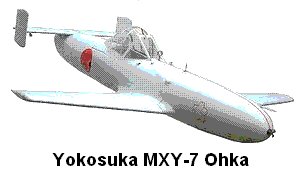
On December 13, 1944 UnryŻ loaded 30 Ohka suicide rocket-missles of the Thunder-Gods Corps for transport to Manila.
On December 17, 1944 UnryŻ departed Kure, Hiroshima escorted by Shigure, Hinoki, and Momi under the overall command of Captain Konishi. UnryŻ was bound for Mindoro and Manila in the Philippines on her maiden sea voyage to confront the US invasion forces in the Luzon landings.
On December 19, 1944, UnryŻ was torpedoed and sunk by the submarine USS Redfish. Redfish fired four bow torpedoes, one of which hit under the bridge on the starboard side at 16:35, stopping the carrier dead in the water. UnryŻ engaged with all her starboard side guns. A second torpedo struck at 16:50 on the starboard side, under the forward elevator setting off the Ohka bombs and aviation fuel stored in the lower deck hangar.
Once the boiler rooms flooded, the ship listed to 30 degrees and the order to abandon ship was given. With a 90 degree list, the ship sank to the bed of the East China Sea in just seven minutes. Casualties were great: Captain Kaname Konishi and 1,238 officers and men lost their lives. Only one officer and 146 men survived and were rescued by the escort destroyer Shigure, which returned to Sasebo, Nagasaki on 22 December.
=================================================================================
NB: The above text has been collected / excerpted / edited / mangled / tangled / re-compiled / etc ... from the following online sources :
IJN - UNRYU class Aircraft Carriers - wikipedia article #1
IJN - UNRYU class Aircraft Carriers - wikipedia article #2
IJN - UNRYU class Aircraft Carriers - www.globalsecurity.org
IJN - UNRYU class Aircraft Carriers - www.combinedfleet.com
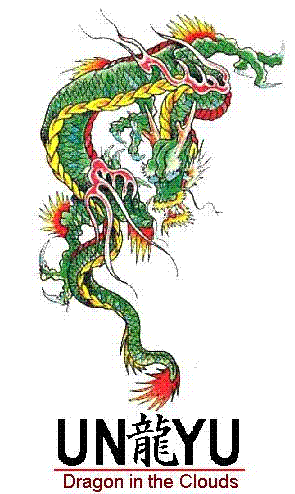
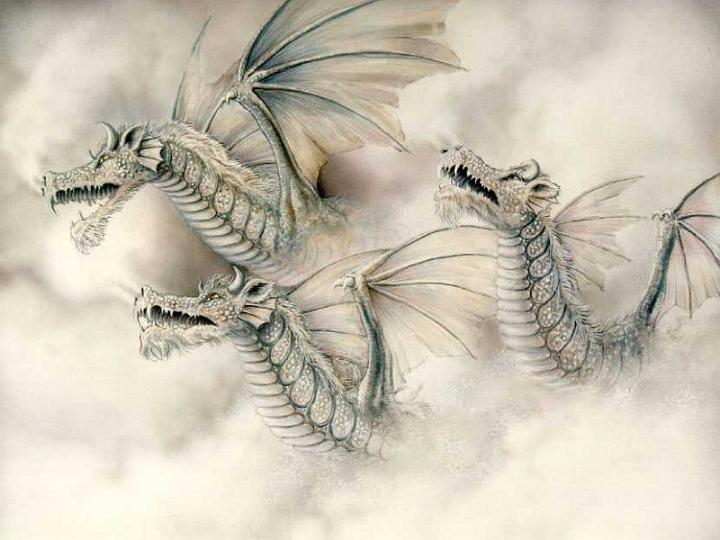
The sword from the dragon's tail, the Ama-no-Murakumo-no-Tsurugi or "Sword of the Gathering Clouds of Heaven", (also known as the Kusanagi-no-Tsurugi or "Grasscutter Sword"), was presented by Susanoo (god of sea and storm) to Amaterasu (goddess of the sun) as a reconciliation gift. According to legends, she then later bequeathed it to her descendant Ninigi-no-Mikoto along with the Yata-no-Kagami mirror and Yasakani-no-Magatama jewel or orb. This sacred sword, mirror, and jewel collectively became the three Imperial Regalia of Japan.
Generations later, in the reign of the Twelfth Emperor, Keiko, the sword was given to the great warrior, Yamato Takeru as part of a pair of gifts given by his aunt, Yamato-hime the Shrine Maiden of Ise Shrine, to protect her nephew in times of peril.



